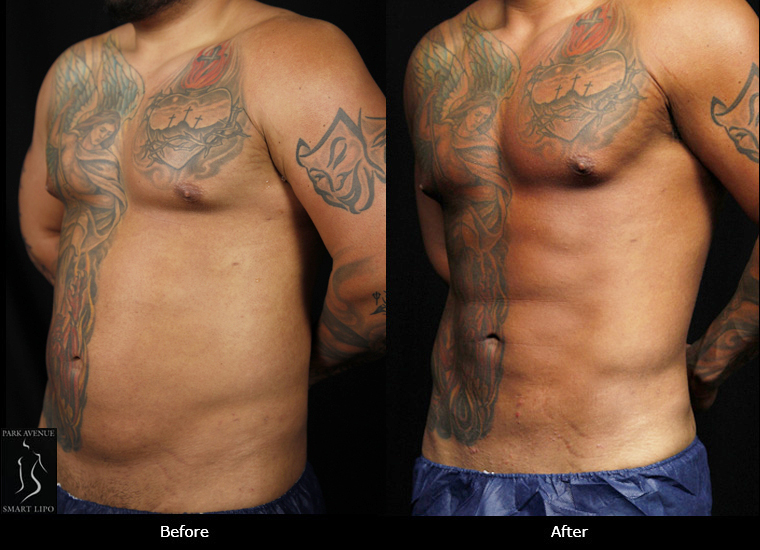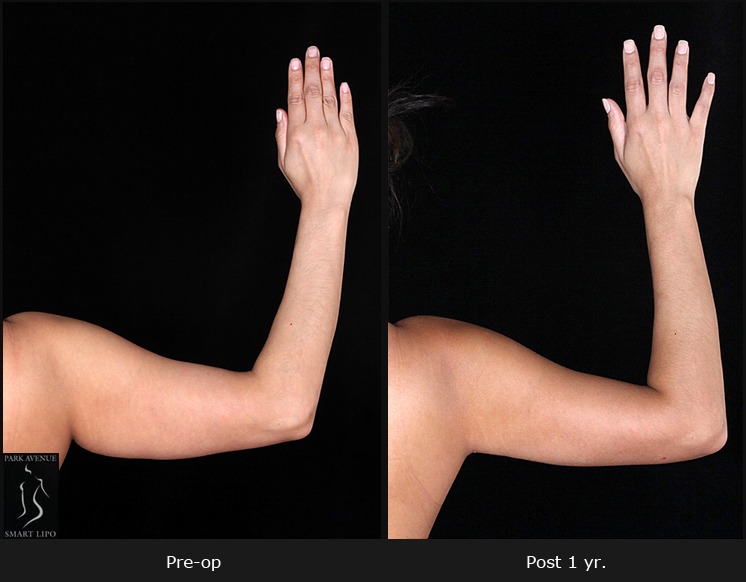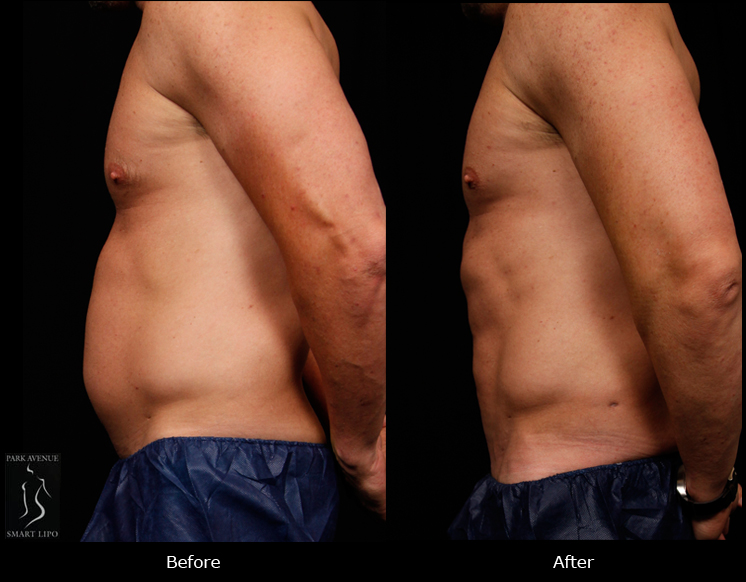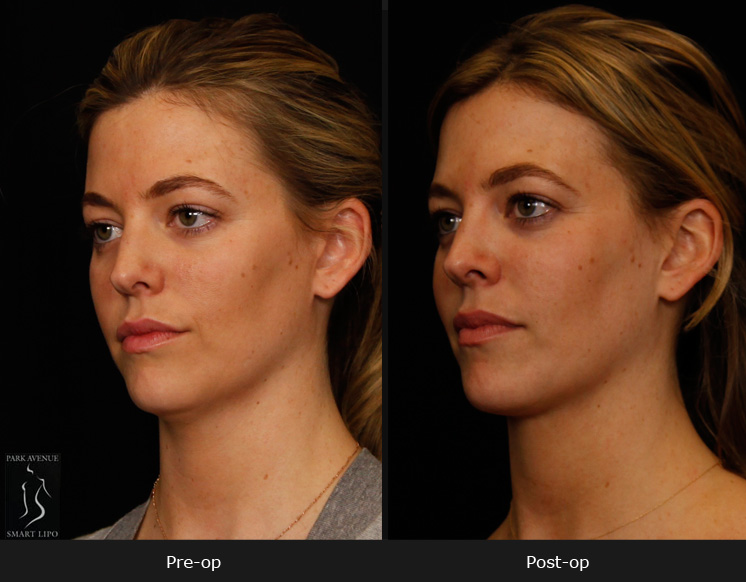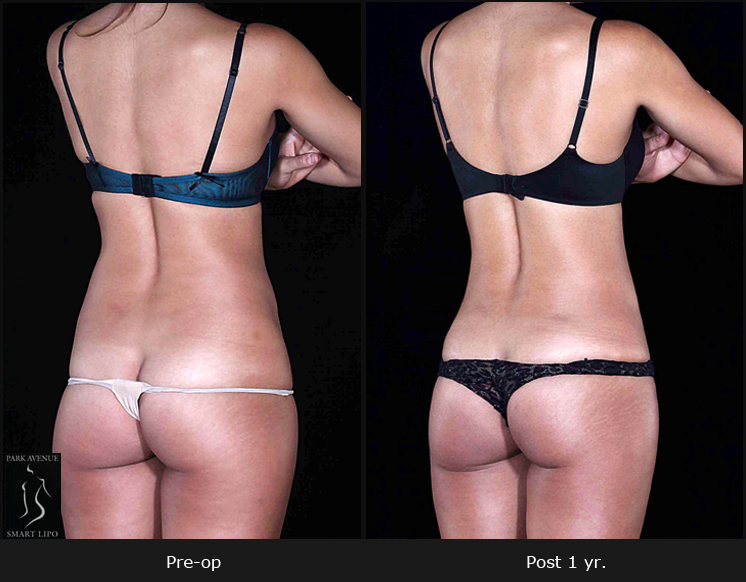Flabby thighs are a common aesthetic concern among many women. Vigorous exercise targeting the region can reduce thigh fat to a certain extent, but cannot provide the desired results when it comes to toning the area. Fortunately, liposuction can address this tough spot. Thigh liposuction in Manhattan can remove unwanted fat from both inner and outer thighs to result in slimmer, shapelier thighs. Expert plastic surgeons in Manhattan, NYC use the minimally-invasive, laser-assisted Smartlipo Triplex device to perform thigh liposuction. Plastic surgeons who perform thigh laser liposuction in NYC provide tailored solutions to meet each patient’s needs. Here are the answers to frequently asked questions asked about the procedure:
- What is thigh liposuction?
Traditional thigh liposuction targets unwanted thigh fat (both inner and outer thighs) that is resistant to diet and exercise, but the procedure is invasive and requires long recovery time. Moreover, as it does not provide any skin tightening benefits, and there is an increased possibility of dimpling or sagging after the procedure, particularly in older patients who have lost skin elasticity. On the other hand, thigh liposuction in Manhattan is a minimally-invasive laser-assisted technique performed using FDA approved SmartLipo Triplex workstation. This triple-wavelength laser system liquefies the unwanted fat deposits so that they can be easily removed. Performed using local anesthesia, Smartlipo comes with benefits such as minimal scarring, swelling, bleeding, bruising and pain as well as short treatment time and downtime, faster healing, and speedy recovery. One of the major advantages of laser liposuction is that it encourages the production of collagen, which provides excellent skin tightening effects.
- How is laser liposuction performed?
The laser-assisted thigh liposuction procedure starts by making a tiny incision at the treatment site. The device’s small cannula is inserted through this incision to deliver laser energy directly to the fat cells, which liquefies them. The liquefied fat is then gently suctioned off. By directing the energy to the area beneath the surface of the skin, the technique also encourages the development of collagen, which results in a tighter, more toned appearance overall. - What type of anesthesia is used for this treatment?
For a traditional liposuction, the patients might be administered general anesthesia and involves hospital stay. Minimally-invasive laser lipolysis in NYC is performed as an outpatient procedure under local anesthesia. Patients typically go home the same day as the surgery. - What are the benefits of this procedure?
The benefits of thigh liposuction include:
- Improves thigh contour and proportion
- Enhances the overall appearance of your legs
- Enables you to fit better in the clothes you like
- Makes you look younger and more athletic
Benefits of Smartlipo Thigh liposuction includes:
- Procedure is minimally-invasive
- Minimal scarring
- Minimal swelling, bleeding, bruising and pain
- Short treatment time and downtime
- Faster healing, and speedy recovery
- Which thigh areas are treated in this liposuction procedure?
To get optimal results in the thighs, thigh liposuction is performed on three separate thigh treatment areas. They are:- Inner thighs: Inner thigh liposuction in Manhattan addresses a woman’s common aesthetic concerns as well as issues such thigh chafing which occurs due to excess fat accumulation in the inner thighs. Expert surgeons usually target the entire area down to the inner knee, while performing inner thigh liposuction, as it will provide better proportioned thighs and knees with more natural looking outcomes.
- Outer thighs: Fat deposits in hips and outer thighs are also referred to as saddle bags. This excess fat can make you look awkward, especially in clothes that fit well.
- Anterior (frontal) thighs: This is the front area of thighs that protrudes forward if you have stubborn fat pockets, making the body look disproportionate or bottom heavy. Liposuction of this area will improve balance and proportion throughout the entire leg. It’s important that anterior thigh liposuction is performed by an expert. The front of the thigh has a unique, feminine curvature and only an expert can restore its natural shape.
- Am I a good candidate for liposuction on thighs?
To enjoy the benefits of Smartlipo liposuction of thighs, you should meet certain criteria:- Have unwanted pockets of fat in the thigh area – the inner thigh or the outer thighs.
- Be close to their ideal body weight.
- Are in good health (Note: people with poor blood circulation, diabetes, or weakened immune systems should not undergo the procedure).
- Have good skin tone and elasticity (that is, the skin must have sufficient elasticity to take on the thigh’s new contours post-procedure, without appearing lax).
However, women tend to seek thigh liposuction more often than men, because, female hormones cause fat to deposit around the pelvis, buttocks, and thighs. Most importantly, if the excess skin is significant a thigh lift may be the procedure of choice.
- What is a Thigh Lift?
There are two surgical procedures available to address aesthetic concerns related to thigh area: thigh liposuction and thigh lift.Thigh lift surgery or thighplasty is a procedure that mainly targets loose, saggy skin in the thighs and results in smoother and better-proportioned thighs. A lateral thigh lift can improve saddlebag area skin laxity or cellulite and can be extended across the posterior midline to lift the buttocks as well.
- Is Thigh Lift a must-to do procedure when having thigh liposuction?
Not, it’s not. But if a patient wants to improve his/her skin laxity then thigh lift is recommended by most surgeons. Combination with liposuction or single thigh lift procedures are done according to the patient’s need. - What does recovery involve and how long will it take?
Depending on the amount of fat removed and the overall length of the procedure, the recovery time of every patient will vary. Patients will be advised to wear a compression garment for few weeks post your procedure. One can return to work in 2-3 days after the treatment, but if more extensive liposuction is performed then it may be advisable to take at least a week off from work. Based on your surgeon’s advice, light exercises can be started after 2 weeks and more vigorous exercises after 4-6 weeks. Full recovery may take anywhere from six to eight weeks. It is crucial to keep your follow-up appointments and inform your surgeon if you notice any unusual changes in the treated area during the healing process.
If you are considering thigh liposuction in Manhattan, choose an AAAASF-accredited plastic surgery that has expert and skilled plastic surgeons in this procedure. Such surgeons will first confirm your candidature for the procedure by performing a thorough physical examination to evaluate the amount of adipose tissue present and the quality of the overlying skin.

